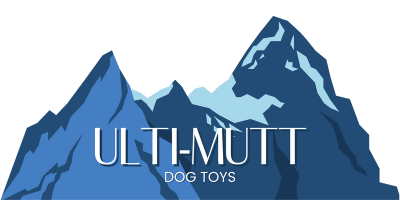
Unleashing Potential: Why Choice and Agency Matter in Dog Training
Share
For dog owners seeking a well-behaved and happy companion, traditional training methods often focus on commands and corrections. But what if there's a better way? Recent advancements in animal behavior science highlight the importance of choice and agency in canine behavior modification.
Why Choice Matters
Imagine being constantly bossed around. Not very motivating, right? The same goes for dogs. When training relies solely on commands, it can lead to:
- Frustration: If a dog struggles to understand or complete a command, they might become anxious or stressed.
- Learned helplessness: Without the ability to make choices, dogs might give up trying altogether.
- Lack of engagement: Following orders becomes a chore, not a fun activity that strengthens your bond.
Empowering Your Pup
By incorporating choice and agency, we create a more positive and effective training experience. Here's how:
- Offer options: During training sessions, present your dog with two clear choices, like sit or lie down. When they choose the desired behavior, reward them! This builds confidence and encourages them to participate actively.
- Respect their signals: Pay attention to your dog's body language. If they seem overwhelmed or stressed, take a break. Training should be a positive experience.
- Let them problem-solve: Instead of directly issuing commands, create scenarios where your dog can figure things out on their own. This builds mental stimulation and strengthens their ability to make decisions.
The Power of Partnership
Training with choice and agency isn't about letting your dog run wild. It's about building a strong partnership based on mutual respect and understanding. By empowering your dog to make choices, you create a more engaged, motivated, and ultimately, happier companion.
Ready to Unleash the Potential?
Here are some tips to get started:
- Focus on positive reinforcement: Reward desired behaviors instead of punishing unwanted ones.
- Keep it fun!: Make training sessions short, engaging, and full of praise.
- Become a communication expert: Learn to read your dog's body language and tailor your approach accordingly.
Remember, training should be a collaborative effort. By giving your dog a voice and respecting their choices, you'll unlock a world of potential for a happy and well-adjusted canine companion.
